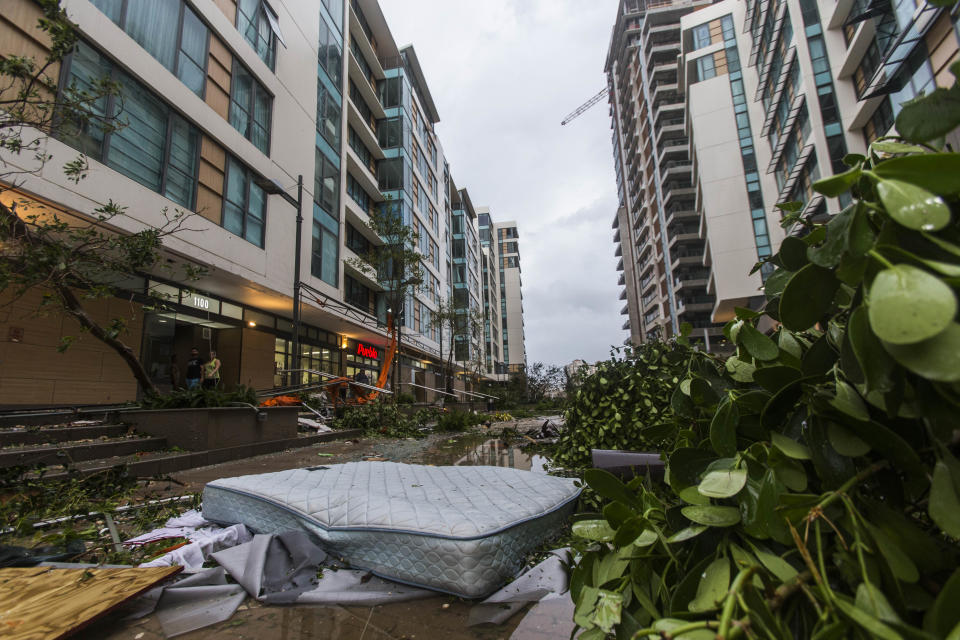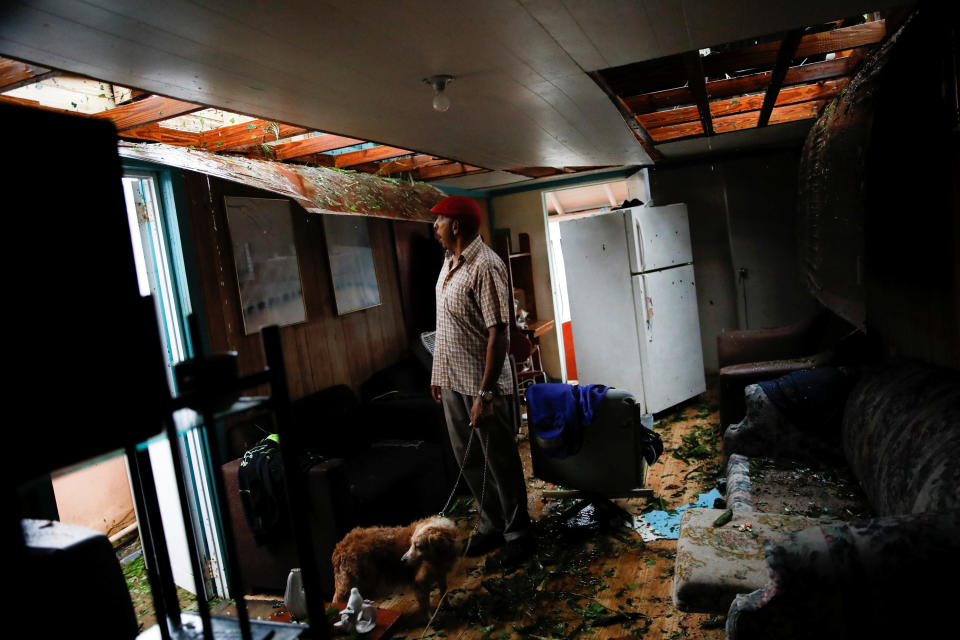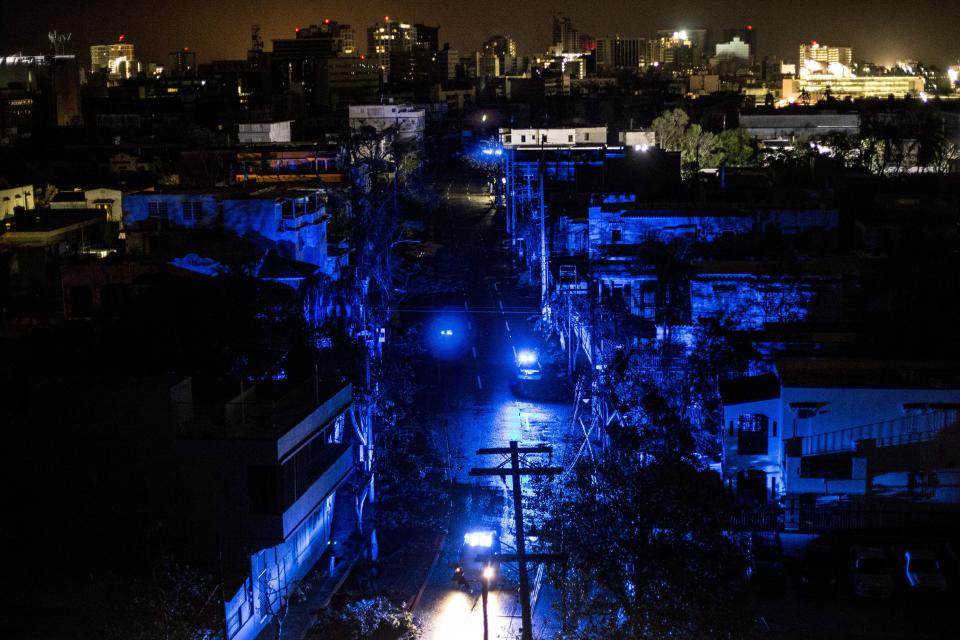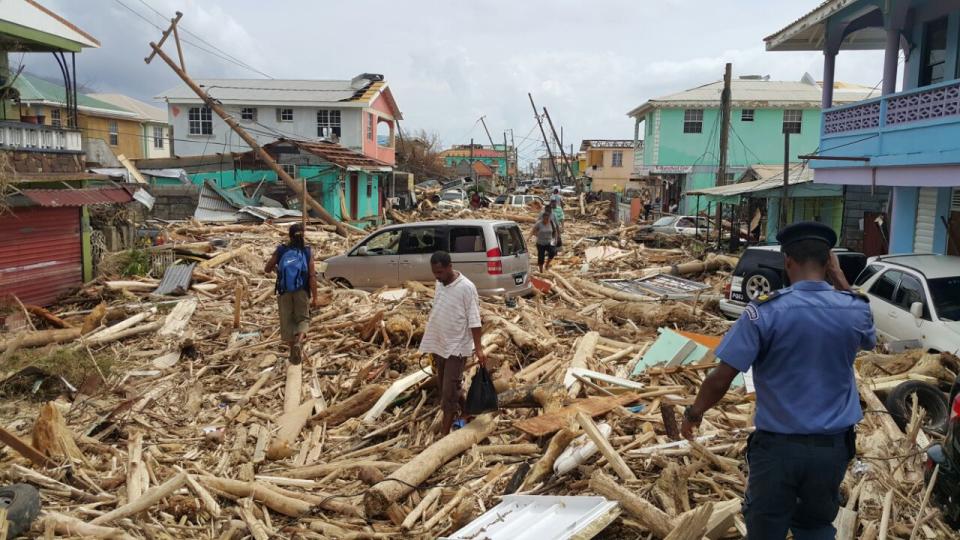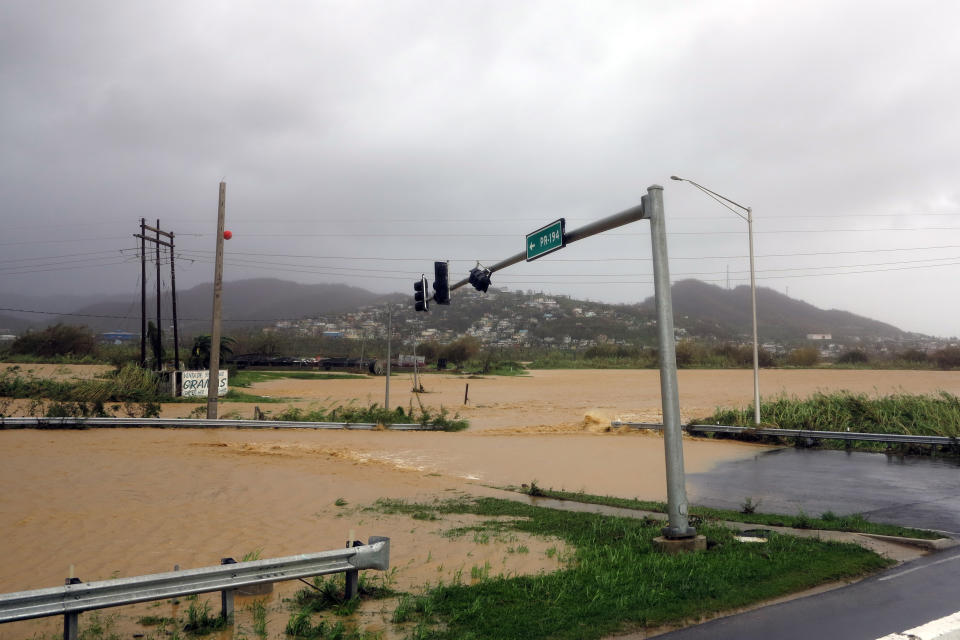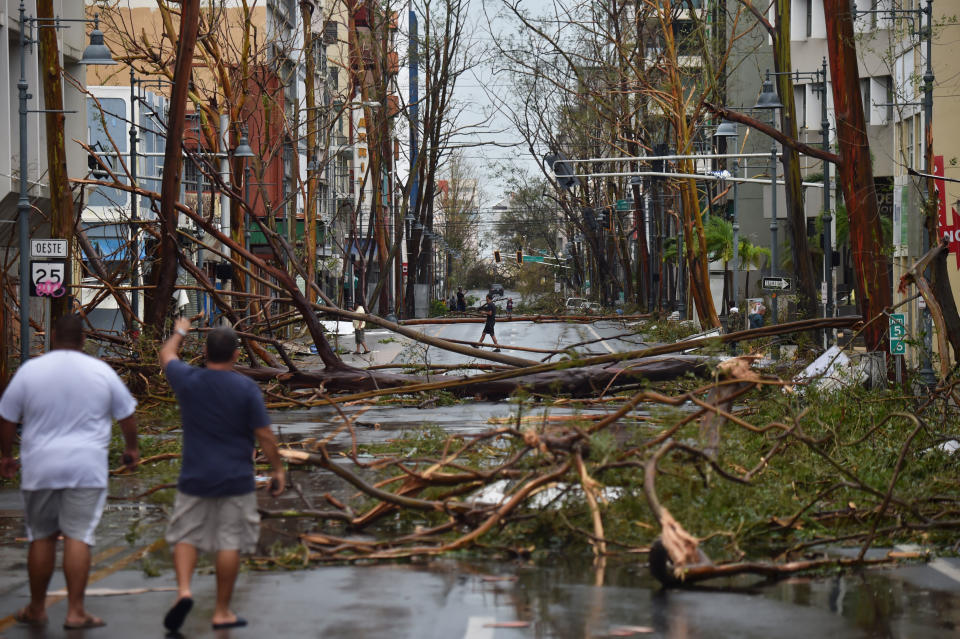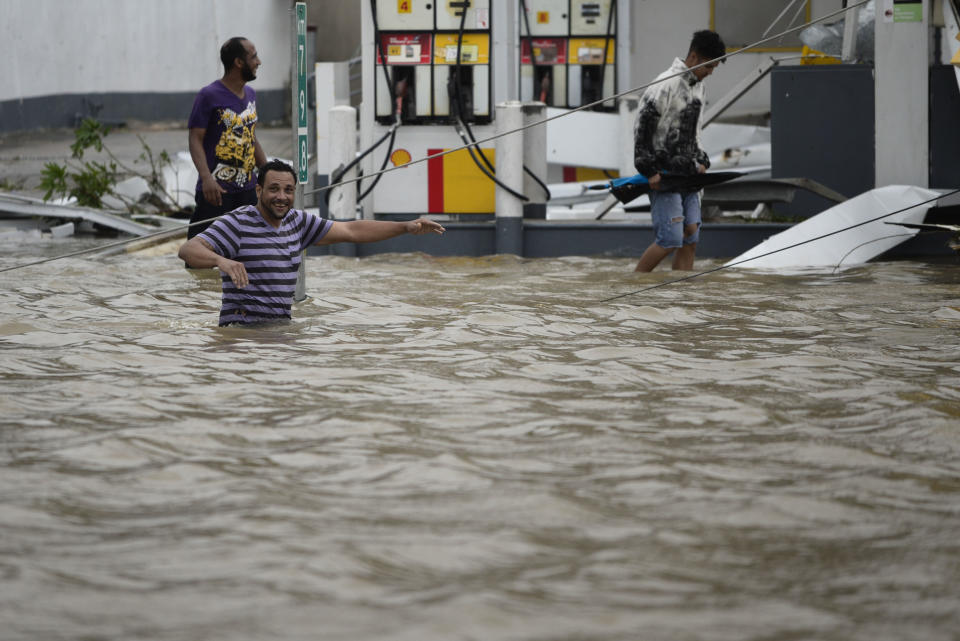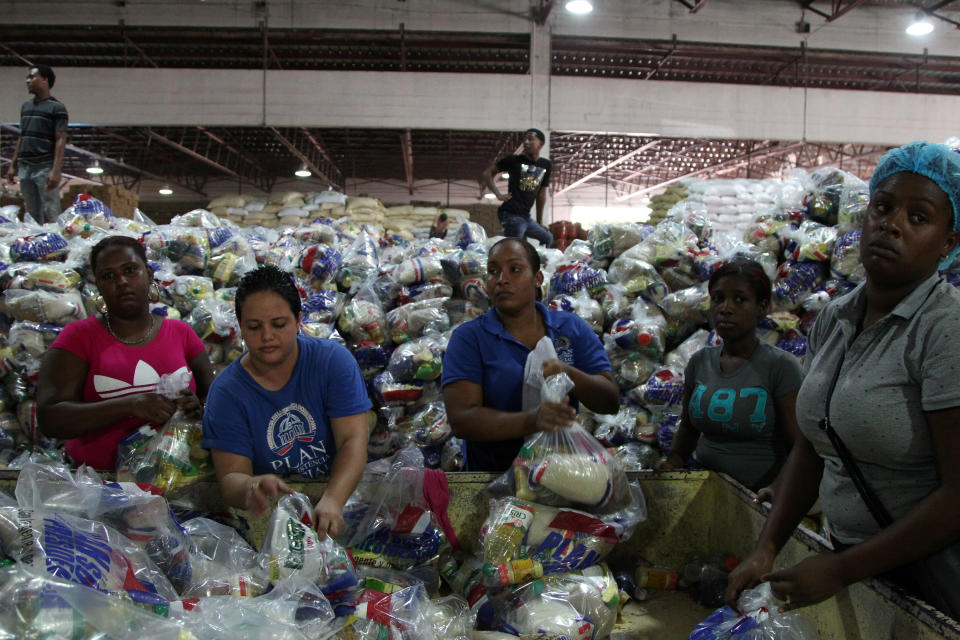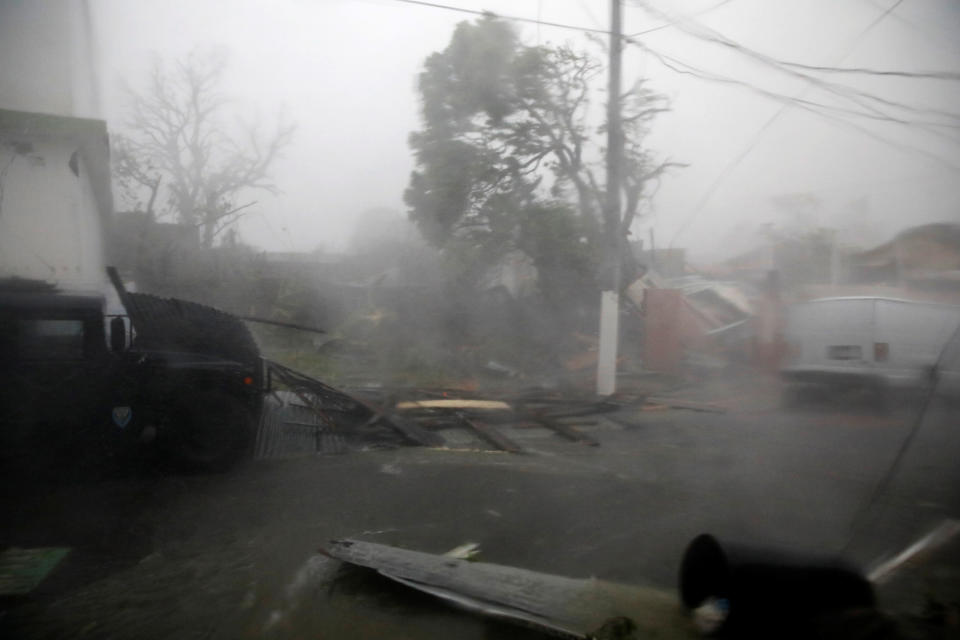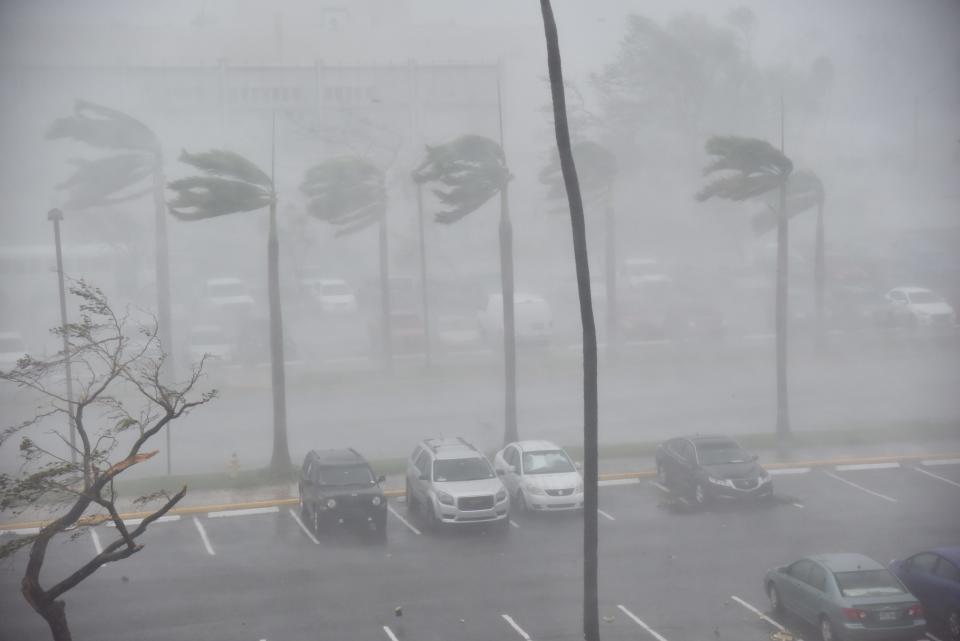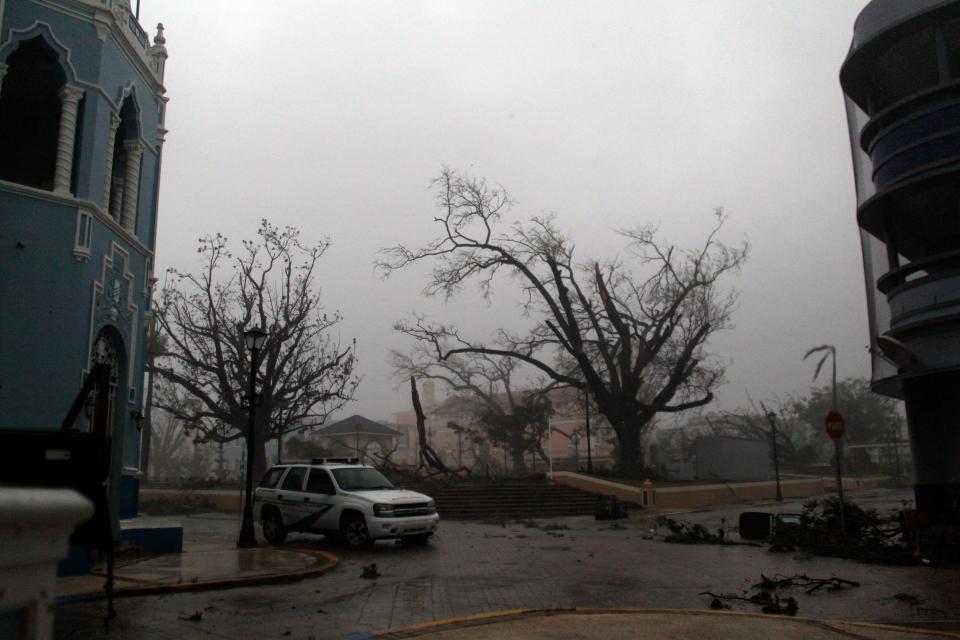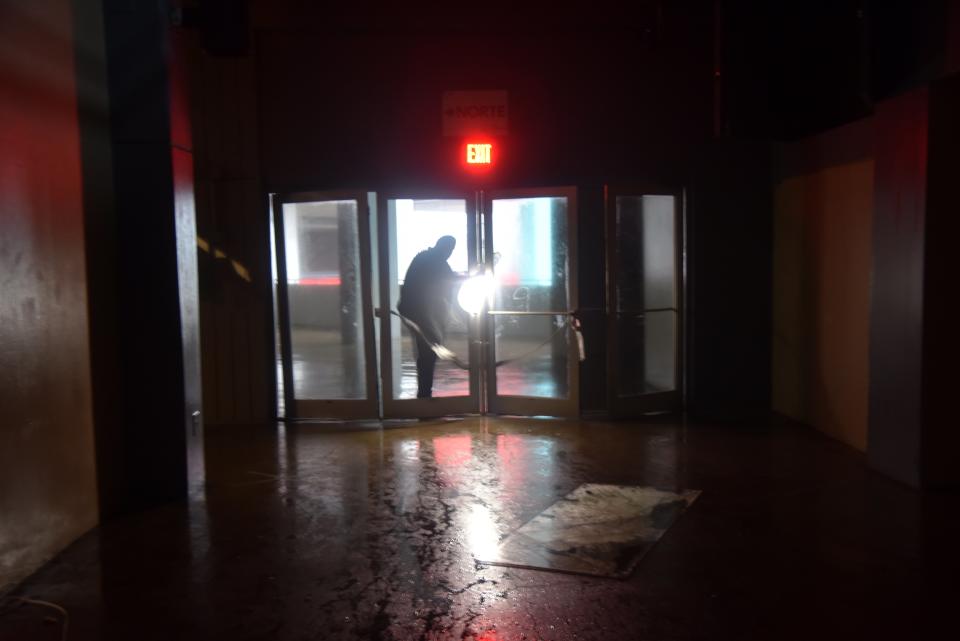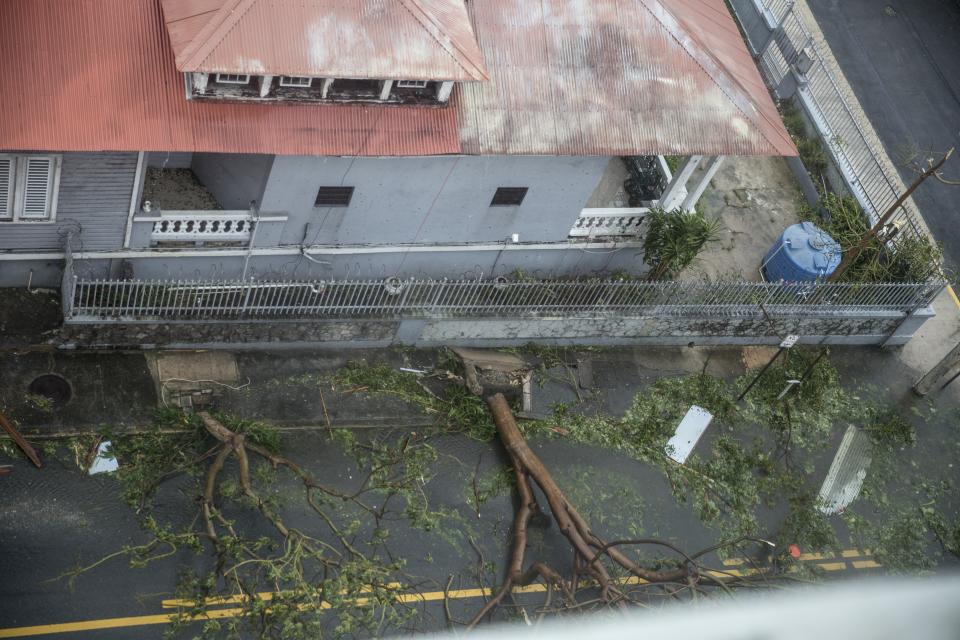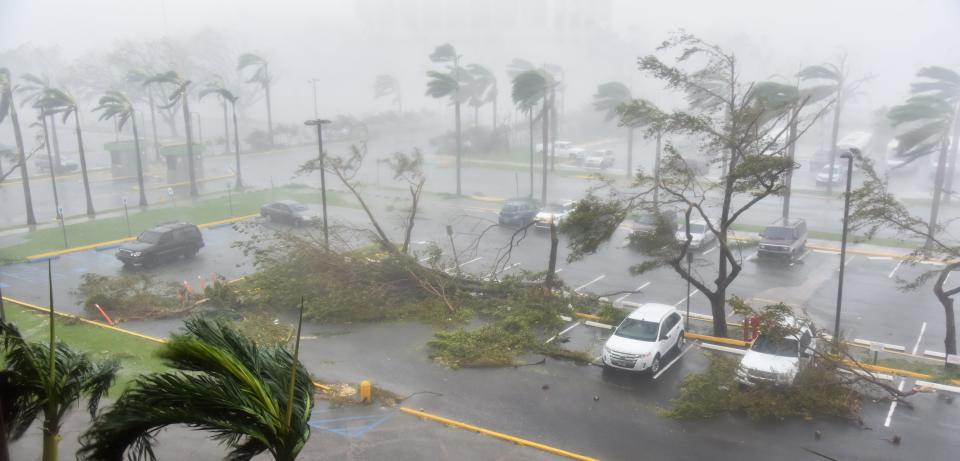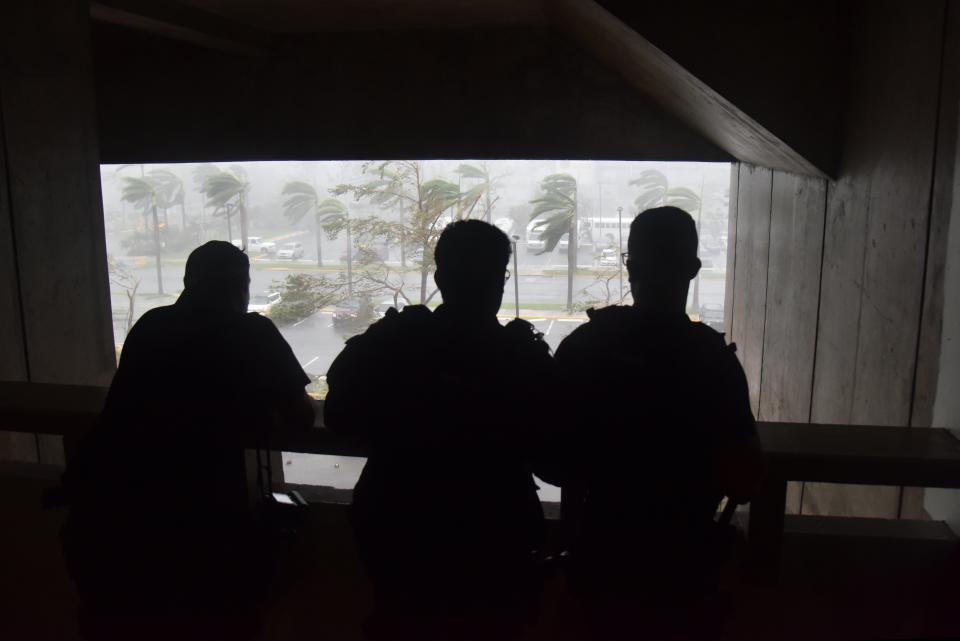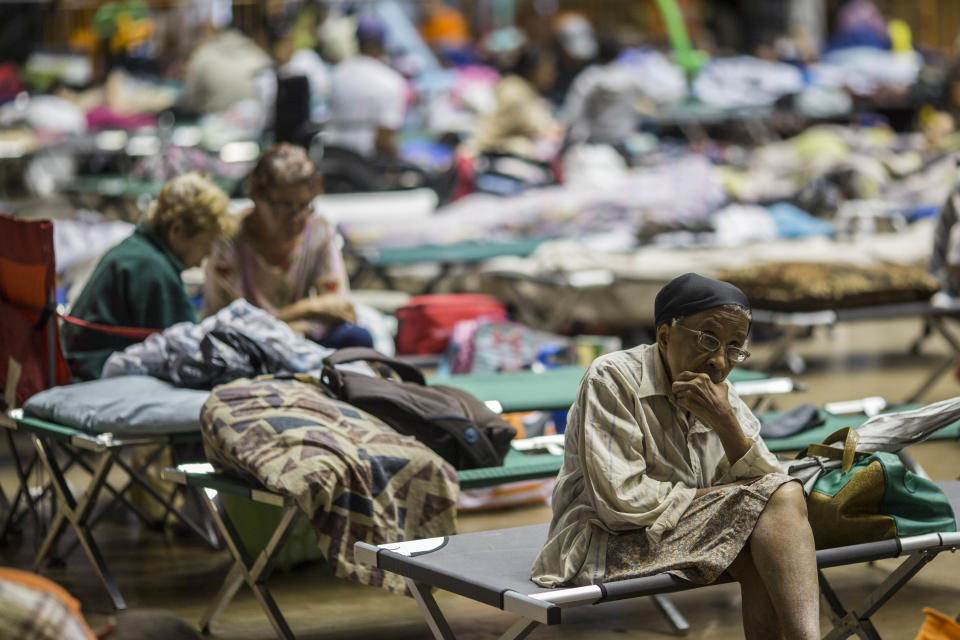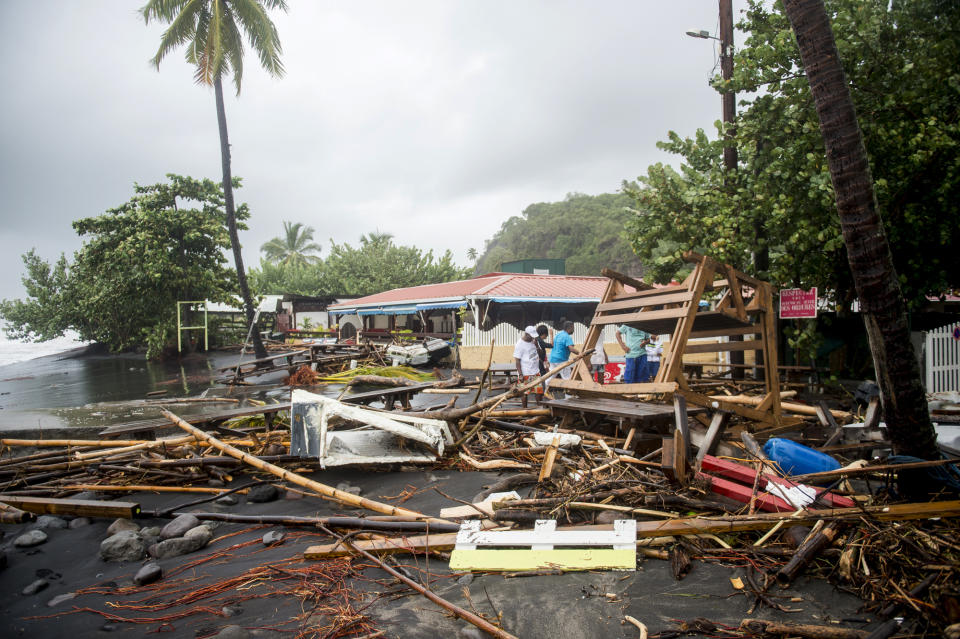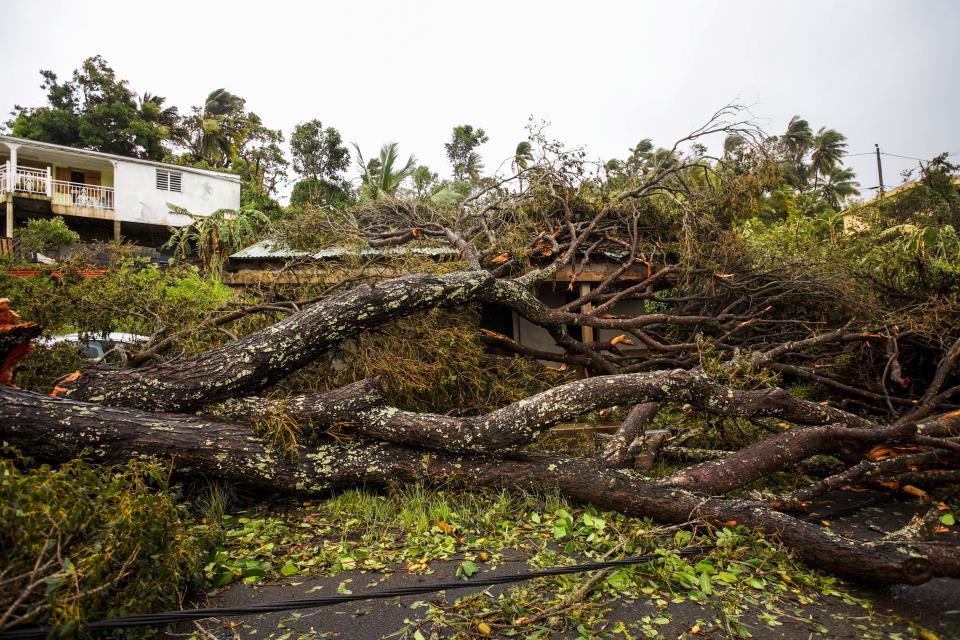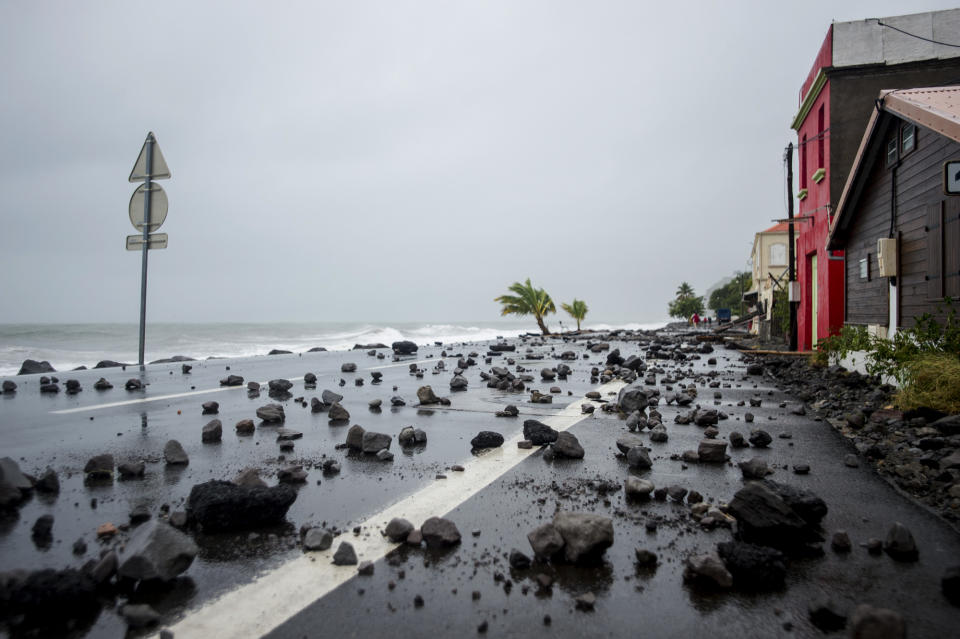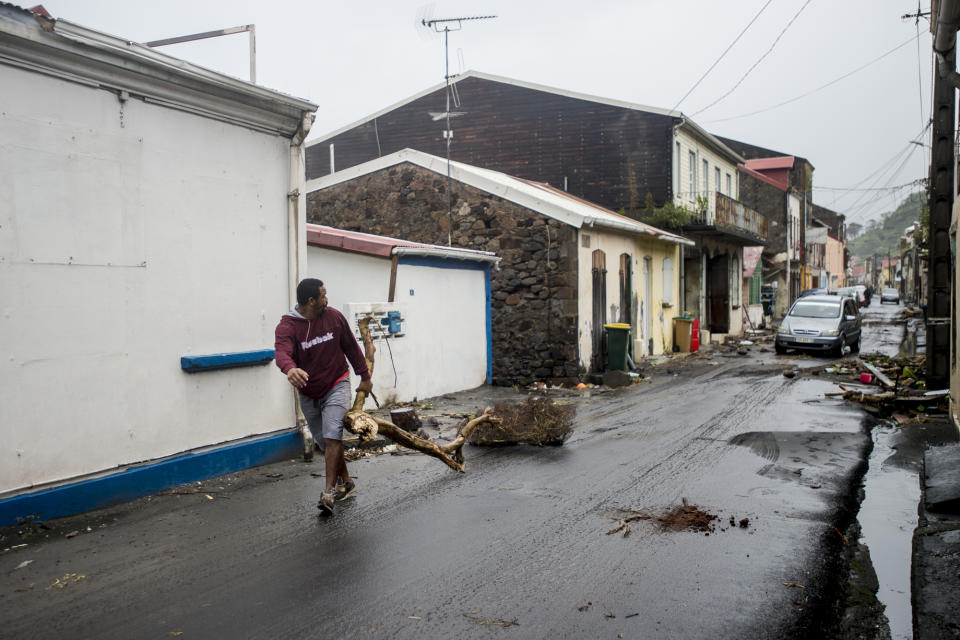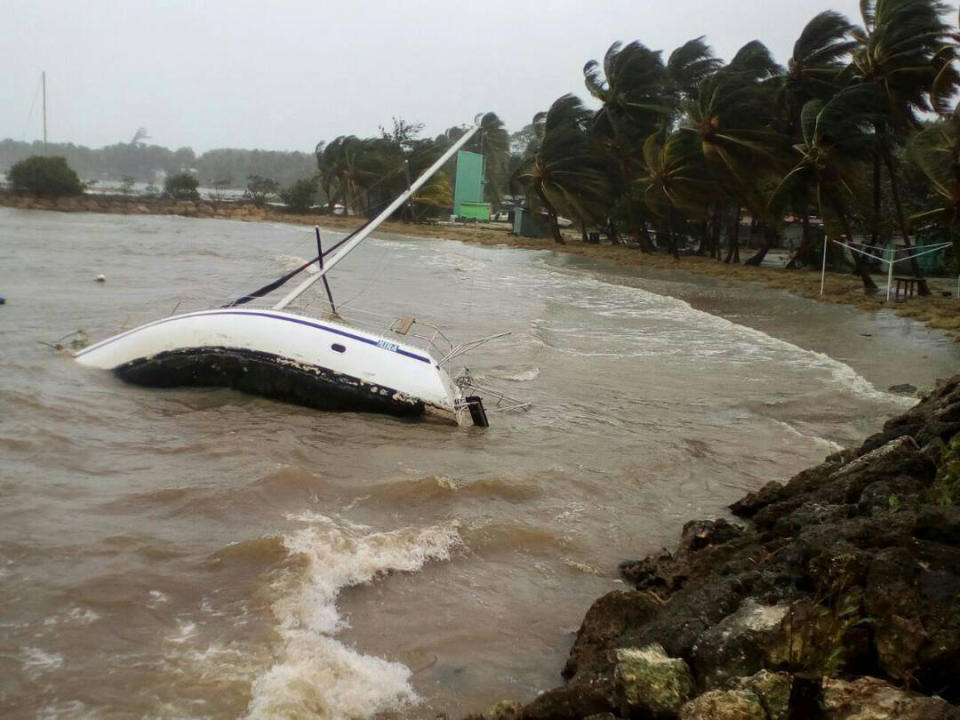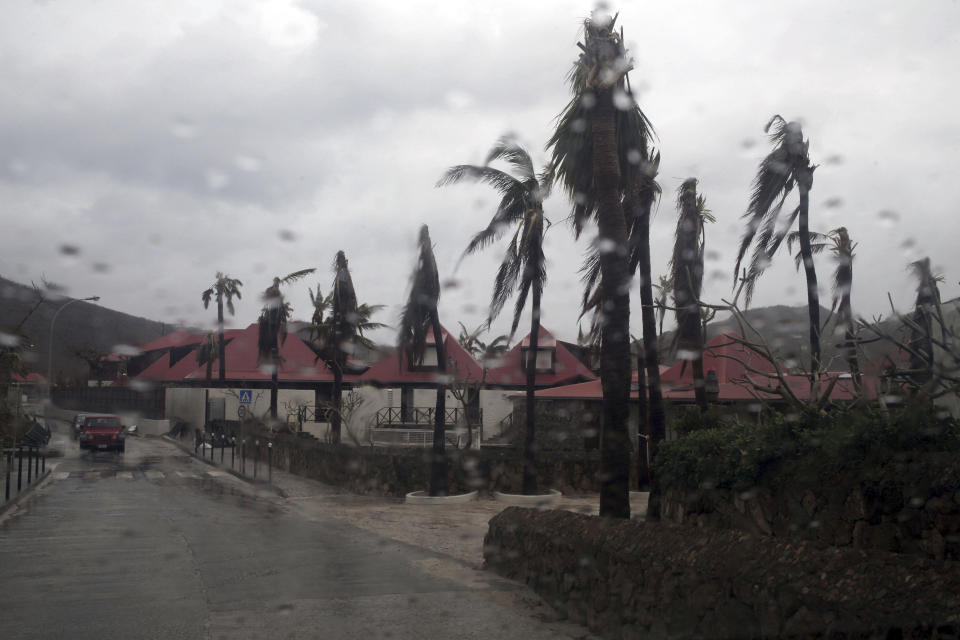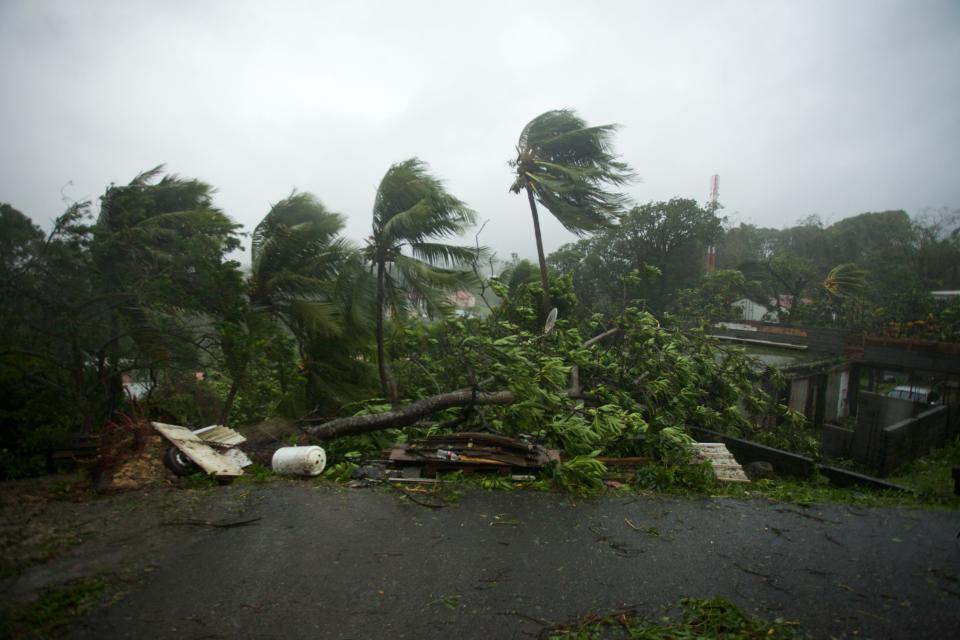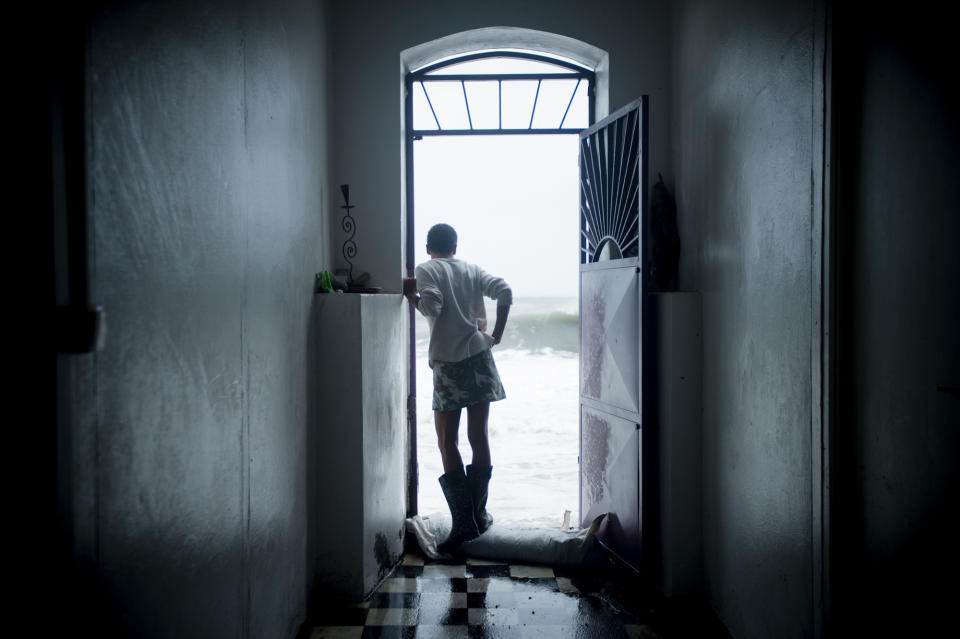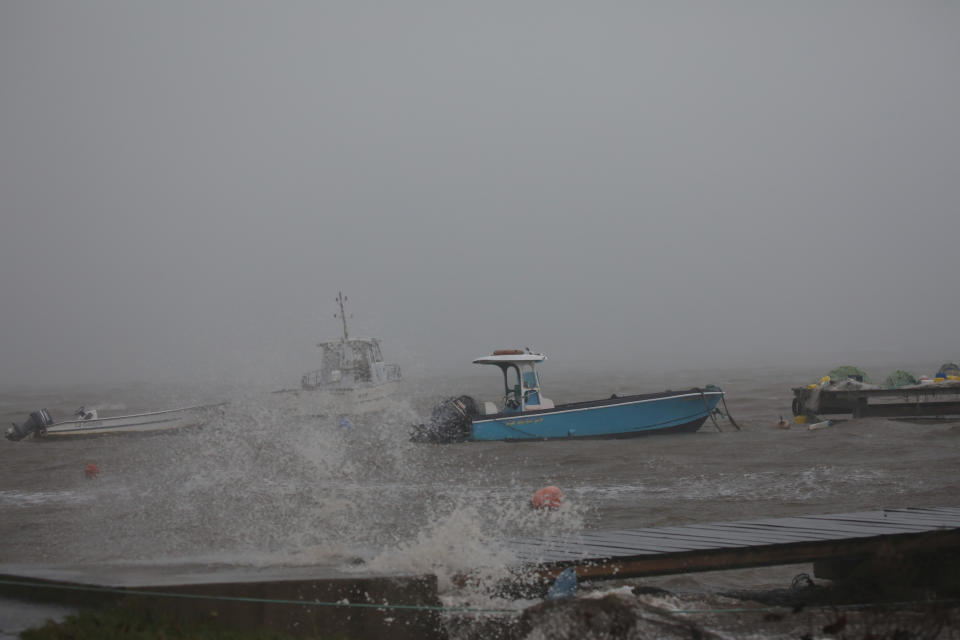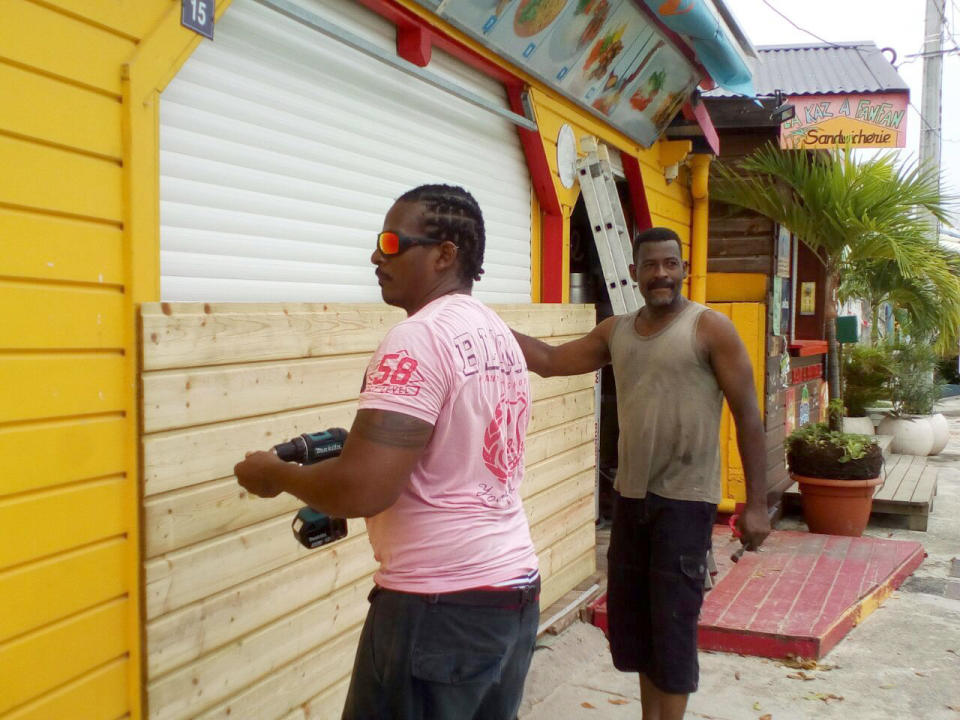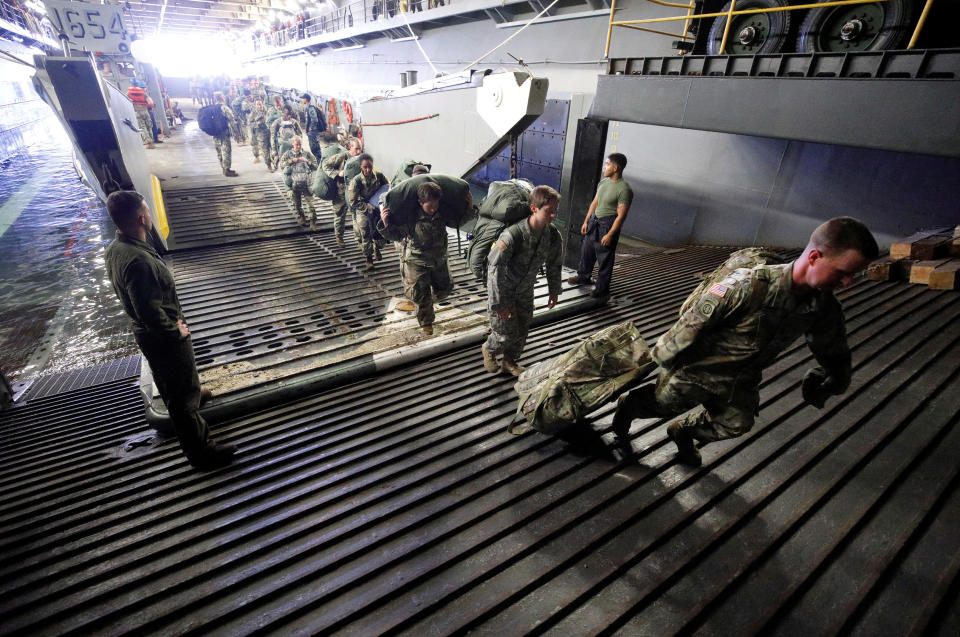Hurricane Maria barrels into the Caribbean
Rescuers fanned out to reach stunned victims Thursday after Hurricane Maria ravaged Puerto Rico, knocking out electricity to the entire island and triggering landslides and floods.
The extent of the damage is unknown given that dozens of municipalities remained isolated and without communication after Maria hit the island Wednesday morning as a Category 4 storm with 155 mph winds, the strongest hurricane to hit Puerto Rico in over 80 years.
Uprooted trees and widespread flooding blocked many highways and streets across the island, creating a maze that forced drivers to go against traffic and past police cars that used loudspeakers to warn people they must respect a 6 p.m. to 6 a.m. curfew imposed by the governor to ensure everyone’s safety.
“This is going to be a historic event for Puerto Rico,” said Abner Gomez, the island’s emergency management director.
President Donald Trump approved a federal disaster declaration for Puerto Rico.
Previously a Category 5 with 175 mph (281 kph) winds, Maria hit Puerto Rico as the third-strongest storm to make landfall in the U.S., based on its central pressure. It was even stronger than Hurricane Irma that storm roared into the Florida Keys earlier this month.
Maria has caused at least 10 deaths across the Caribbean, including seven in the hard-hit island of Dominica and two in the French Caribbean territory of Guadeloupe. Puerto Rico’s governor told CNN one man died after being hit by flying debris. No further details were available, and officials could not be immediately reached for comment.
Maria weakened to a Category 2 storm later in the day but re-strengthened to Category 3 status early Thursday with winds of 115 mph (185 kph). It was centered about 70 miles (110 kilometers) north of Punta Cana, Dominican Republic, and moving northwest near 9 mph (15 kph). (AP)
See more news-related photo galleries and follow us on Yahoo News Photo Twitter and Tumblr.

